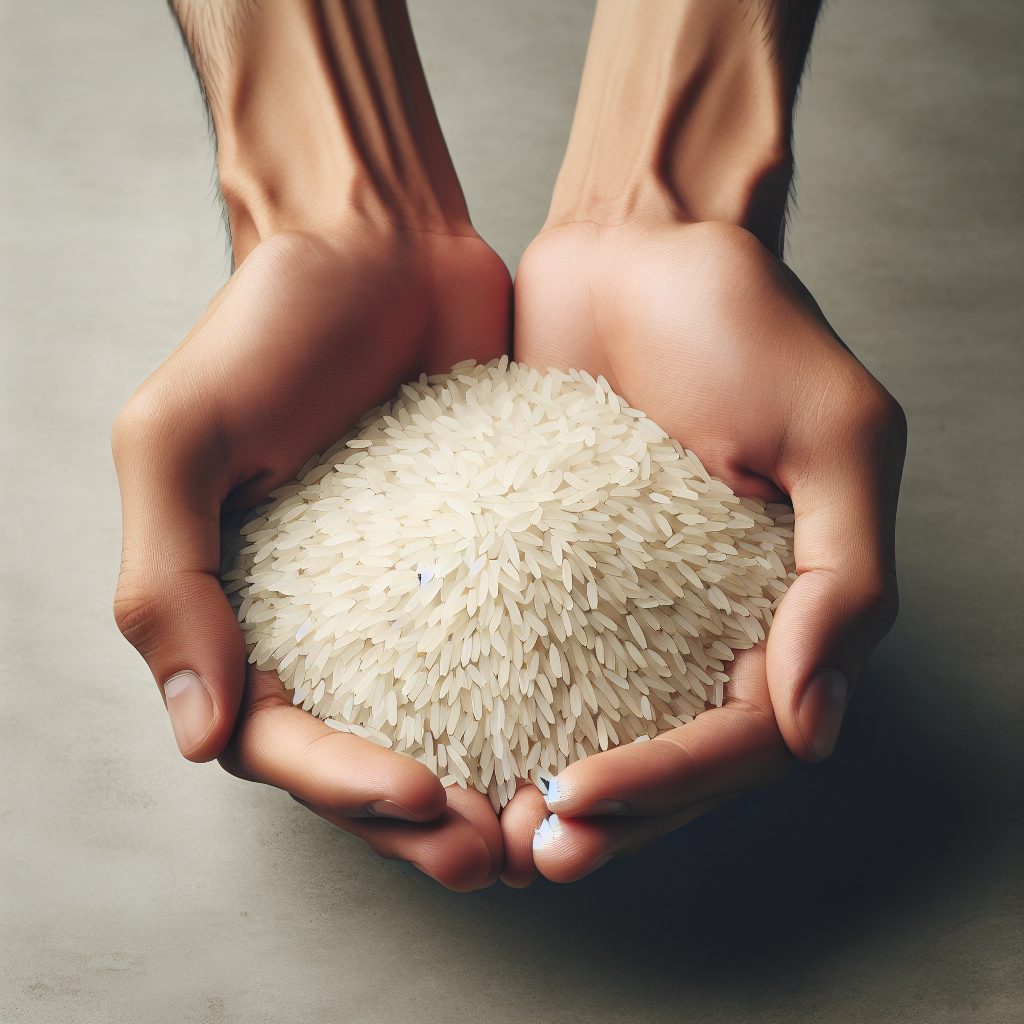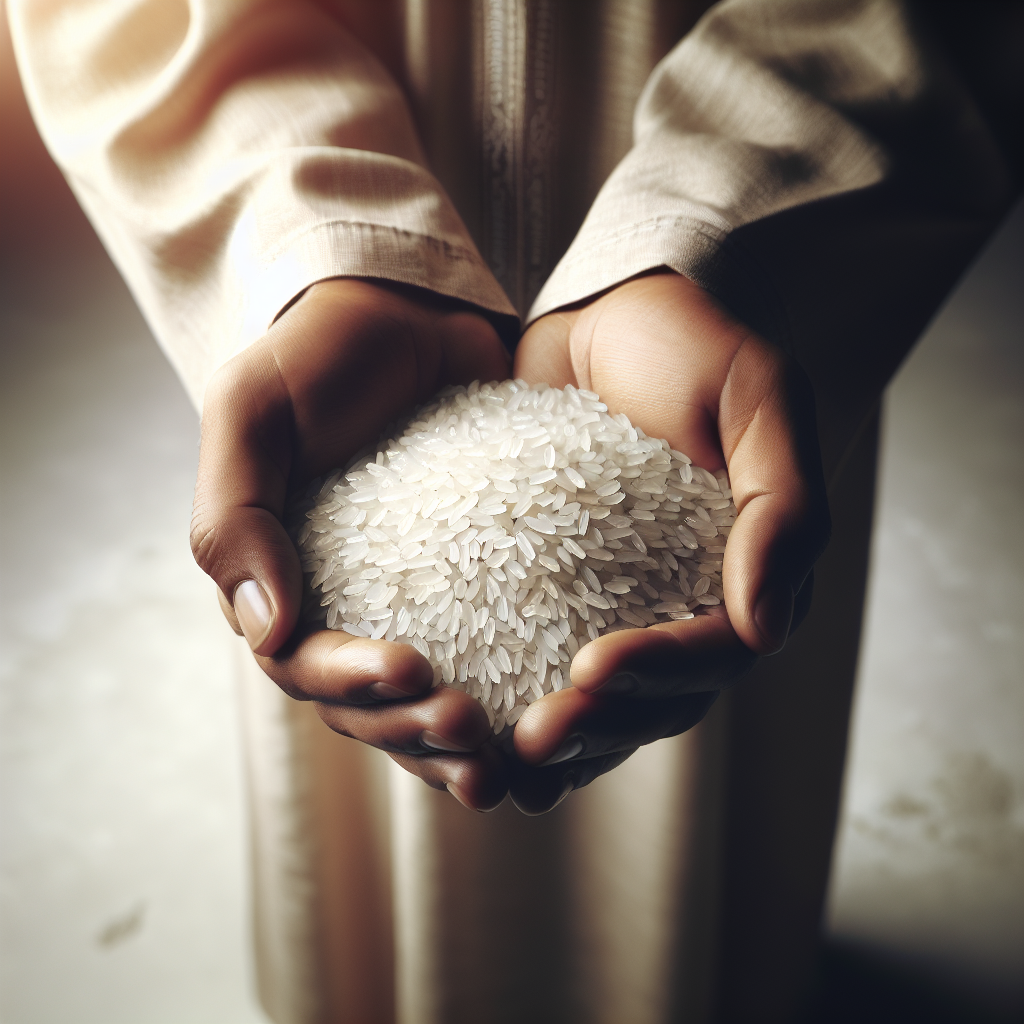Rice Lower Obesity
In the discourse of nutritional science, few topics incite as much debate as that surrounding the role of certain foods in weight management. The present study investigates, in particular, the correlation between rice consumption and reduced obesity rates. Through an extensive review of existing literature and analysis of global dietary trends, the connection between these two variables has been meticulously explored. It has been noted that countries with higher per capita rice consumption tend to display lower obesity rates, suggesting causal links. This association ushers a venerable paradigm shift in the way in which we perceive rice, commonly vilified for its carbohydrate content in most diet plans.
Understanding Obesity
Obesity, a salient global health issue, is clinically defined as a body mass index (BMI) of 30 or higher. It arises due to the accumulation of excess body fat, disrupting regular physiological functioning.
Causes of Obesity
Obesity is primarily the result of an energy imbalance, wherein caloric intake consistently surpasses energy expenditure. This imbalance can be influenced by genetic, behavioral, environmental, and socioeconomic factors. Sedentary lifestyles, unhealthy diets, and genetic predisposition significantly contribute to the rising global obesity epidemic.
Obesity Worldwide Statistics
Worldwide, obesity has nearly tripled since 1975. The World Health Organization reports that as of 2016, approximately 1.9 billion adults were overweight, and of these, over 650 million were obese. Moreover, 38 million children under the age of 5 were overweight or obese in 2019.
Implications of Obesity on Health
Obesity fosters various comorbidities including cardiovascular disease, diabetes, musculoskeletal disorders, and certain types of cancer. It also significantly impacts psychological health, leading to depression, anxiety, and low self-esteem. The economic burden of obesity on healthcare systems worldwide is also substantial.
Introduction to Rice as a Dietary Staple
Rice is one of the most consumed cereals globally and serves as a dominant staple food, especially in Asia.
Varieties of Rice
Rice is grown in diverse varieties, broadly categorized into whole grain (brown rice) and refined grain (white rice). These grains differ in their nutrient content, flavour, and culinary application.
Global Consumption of Rice
The importance of rice in sustaining global nutrition and food security is undeniable. The consumption of rice is exceptionally high in areas like East, South, and Southeast Asia, where it constitutes a significant fraction of total dietary caloric intake.
Nutritional Value of Rice
Rice is a rich source of carbohydrates and serves as a medium-quality protein source. It contains essential minerals, vitamins, and fiber, particularly in unpolished, whole grain variants.

The Role of Rice in Ancient Diets
Since antiquity, rice has been vital to human nutrition and culinary culture, particularly in Asia.
Rice in Asian Cultures
In Asia, rice forms the basis of traditional diets, whose positive health outcomes are well-documented; lower rates of obesity and chronic diseases are noted.
Historical use of Rice in Weight Management
Historically, the bounty of unrefined, locally-produced rice paralleled lower obesity rates. This may be attributed to rice’s relatively low glycemic index score, promoting extended satiety and thus, prudent snacking.
Implication of Traditional Rice Diets for Modern Eating Habits
The potential benefits of traditional rice-based diets are increasingly noted in current discourse around healthy, sustainable diets and disease prevention.
Rice and Other Grains: A Comparative Analysis
Diversifying grain intake can significantly influence dietary quality and health outcomes.
Rice Vs Wheat
While wheat contains more protein and fiber, rice offers higher energy content and is more easily digestible. Furthermore, rice’s hypoallergenic property makes it a preferable choice for individuals with wheat intolerance or celiac disease.
Rice Vs Corn
Corn, like rice, is high in carbohydrates but surpasses rice in fiber, vitamin, and minerals content. However, the human body assimilates rice more efficiently, providing quick energy replenishment.
Rice Vs Oats
Oats outstrip rice in protein and fiber content. Nevertheless, rice’s lower price, longer shelf life, and higher versatility render it an attractive staple.
Nutritional Analysis of Different Grains
While each grain presents a unique nutrient profile, incorporating a variety of them into the diet ensures a broad nutrient spectrum and optimal health.

The Low Glycemic Index of Rice and Its Impact on Obesity
The glycemic index (GI) is a ranking of carbohydrates based on their impact on blood glucose levels.
Understanding Glycemic Index
Low GI foods, like rice, are digested and absorbed slowly, eliciting a slower and lower rise in blood sugar. This aids in weight management by promoting satiety and reducing insulin spikes.
Effect of Low GI Foods on Weight
Several studies suggest a favorable effect of low GI diets on weight control. These diets elicit a longer sensation of fullness, which may help reduce overeating.
GI Comparison: Rice vs Other Grains
Compared to other refined grains, rice (especially brown rice) generally has a lower GI, making it a good choice for a weight-controlling diet.
Scientific Studies Supporting Rice Consumption for Lower Obesity Rates
A growing body of evidence suggests rice consumption may be linked to lower obesity rates.
Research on Rice Consumption and Obesity in Different Countries
Several studies indicate an inverse relationship between rice consumption and obesity rates. These findings are particularly prominent in Asian countries, where rice is a dietary cornerstone.
Case Studies of Rice in Weight Loss Diets
Historically, weight loss diets have employed rice due to its low fat and calorie content, and high satiety value.
Potential Criticisms and Controversies
Despite supporting research, the link between rice consumption and obesity prevention requires further exploration. Critics argue potential confounding factors should be considered.

Incorporating Rice into a Balanced Diet
Rice can be a healthy addition to a balanced, nutrient-rich diet.
Healthy Rice-Based Meals
Rice can be included in meals in a plethora of ways; from conventional ‘rice and curry’ combinations to contemporary salads, soups, and stir-fries.
Incorporating Rice in Western Diets
While rice is less commonly consumed in the West than in Asia, it is gaining popularity as a versatile, gluten-free grain.
Rice Serving Sizes for Optimum Health
While incorporating rice, portion control is also crucial, as excessive carbohydrate intake may unintentionally contribute to caloric surplus and weight gain.
Impact of Rice Farming and Production on Food Sustainability
Rice production contributes to global food security and livelihoods. However, it also presents environmental concerns.
Environmental Considerations in Rice Farming
Rice farming significantly impacts the environment, notably through water usage and methane emissions. Sustainable farming practices are thus crucial for future food security.
Sustainability of Rice as a Global Staple Food
While rice plays a significant role in global food security, its sustainable cultivation and consumption are imperative for preserving ecological health.

Potential Limitations and Risks of High Rice Intake
While rice is nutritionally beneficial, excessive consumption may yield health risks.
Arsenic in Rice: Health Risks
Rice tends to accumulate arsenic, a carcinogenic element, from soil and water. Chronic exposure may pose significant health risks and therefore understanding the arsenic content of rice is essential.
Calorie Considerations in High Rice Diets
Rice, while nutritious and filling, is calorie-dense. Overconsumption can contribute to caloric surplus and potentially, weight gain.
Balancing Rice Intake with Other Nutritional Needs
While rice offers an array of nutrients, balance and variety are key to a healthy diet. Diversifying grains’ intake ensures a well-rounded nutrient profile and prevents over-reliance on a single food item.
Future Research and Implications for Public Health Policy
The role of rice consumption in obesity prevention represents a significant area of nutrition research and public health policy.
Areas for Further Research on Rice and Obesity
The correlation between rice consumption and obesity needs further investigation. Research would benefit from exploring potential confounding factors and examining potential mechanisms behind the observed effects.
Implications for Dietary Guidelines and Public Health
If a consistent link is established between rice consumption and obesity prevention, this can shift dietary recommendations and public health strategies, potentially mitigating the obesity epidemic.
Role of Rice in Addressing the Global Obesity Crisis
While the promise of rice consumption in combatting obesity is encouraging, it is not a singular solution. It must be incorporated into broader lifestyle and policy measures to effectively address the obesity crisis.


